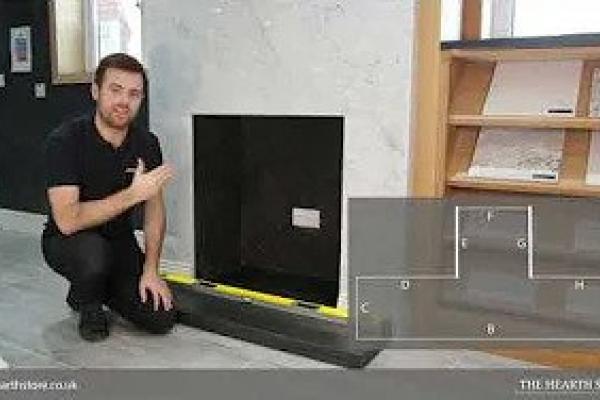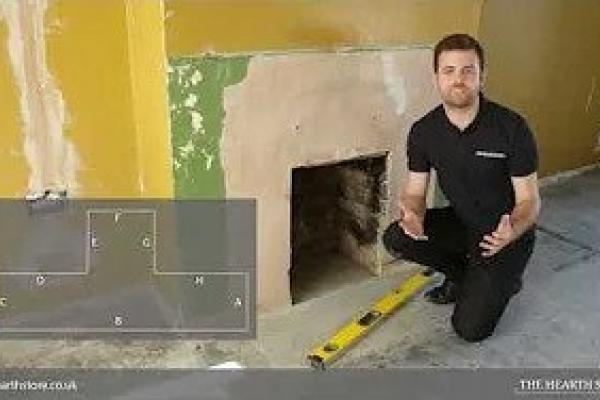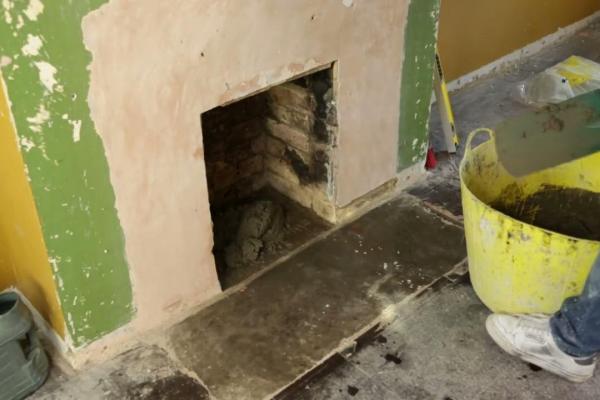Will My Fire Hearth Crack?
Bioethanol fires typically emit a heat output ranging from 2,000 to 4,000 BTUs (British Thermal Units) per hour. The heat output can vary depending on the size and design of the bioethanol burner and the amount of fuel being burned. It's important to note that bioethanol fires are primarily used for ambience and decorative purposes rather than as a primary heat source. They can provide some warmth in a small area, but they are not as efficient at heating larger spaces compared to traditional wood-burning or gas fireplaces.
The heat output of a gas fire can vary depending on the size and BTU rating of the gas burner. Gas fireplaces typically have a heat output ranging from 10,000 to 60,000 BTUs per hour. The specific heat output will depend on factors such as the size of the fireplace, the type of gas used (natural gas or propane), and the burner's design and efficiency.
It's important to note that gas fireplaces are designed to provide both ambience and heat. They are generally more efficient at heating compared to bioethanol fires or traditional wood-burning fireplaces. Gas fireplaces can effectively heat a room or even an entire home, depending on their size and the layout of the space. However, the actual heat output and heating capacity will vary depending on the specific model and installation.
The heat output of a log burner, also known as a wood-burning stove, can vary depending on several factors, including the size and design of the stove, the type and quality of the wood being burned, and the efficiency of the stove.
On average, a log burner can emit a heat output ranging from 20,000 to 80,000 BTUs per hour. However, it's important to note that the heat output can vary significantly depending on the specific model and installation. Some larger and more efficient log burners can even have heat outputs exceeding 100,000 BTUs per hour.
Log burners are known for their high heat output and efficiency in heating spaces. They can effectively heat a room or even an entire home, depending on their size and the layout of the space. The heat output can be adjusted by controlling the airflow and the amount of wood being burned.
A log basket fire typically emits less heat compared to a log burner or wood-burning stove. Log baskets are primarily used for decorative purposes and to create a cosy ambience rather than as a primary heat source.
The heat output of a log basket fire can vary depending on factors such as the size of the basket, the type and quality of the wood being burned, and the airflow around the fire. However, log basket fires generally have a lower heat output compared to dedicated heating appliances like log burners.
It's important to note that log basket fires are not designed to efficiently heat a room or provide significant warmth. They are more suitable for adding a decorative touch and a gentle glow to a space. If you are looking for a heating solution, a log burner or wood-burning stove would be a more appropriate choice.
The decision of whether a fire hearth should be in one or two pieces depends on various factors, including personal preference, the size of the hearth, and the materials being used.
A one-piece hearth can provide a seamless and uniform look, especially for larger hearths. It eliminates any visible seams or joints, creating a clean and cohesive appearance. One-piece hearths are typically made from materials like stone or concrete, which can be custom-cut to the desired size and shape.
On the other hand, a two-piece hearth may be more practical for larger or heavier hearths. It allows for easier transportation and installation since each piece can be individually handled. Two-piece hearths are often made from materials like tile or brick, where multiple pieces are laid side by side to create the desired size and design.
Ultimately, the choice between a one-piece or two-piece hearth depends on your specific needs, preferences, and the capabilities of the materials and installation process. It is recommended to consult with a professional hearth contractor or fireplace specialist to determine the best option for your specific situation.
The potential for a fire hearth to crack under high heat depends on several factors, including the type of material used, the quality of the installation, and the intensity and duration of the heat exposure.
Some materials, such as natural stone or concrete, are more heat-resistant and less prone to cracking than others. However, even heat-resistant materials can crack if exposed to extreme and prolonged heat. It is important to choose a material that is suitable for the intended heat levels and to follow the manufacturer's guidelines for installation and usage.
Proper installation is crucial to minimize the risk of cracking. The hearth should be installed with appropriate expansion joints and using the correct adhesive or mortar to allow for thermal expansion and contraction. Additionally, ensuring proper ventilation and maintaining a safe distance between the fire and the hearth can help prevent excessive heat buildup.
We recommend consulting your log burner or fire supplier regarding the best material for your specific installation.
Videos
Watch our helpful guides to measure and fit your fireplace hearth with confidence.





